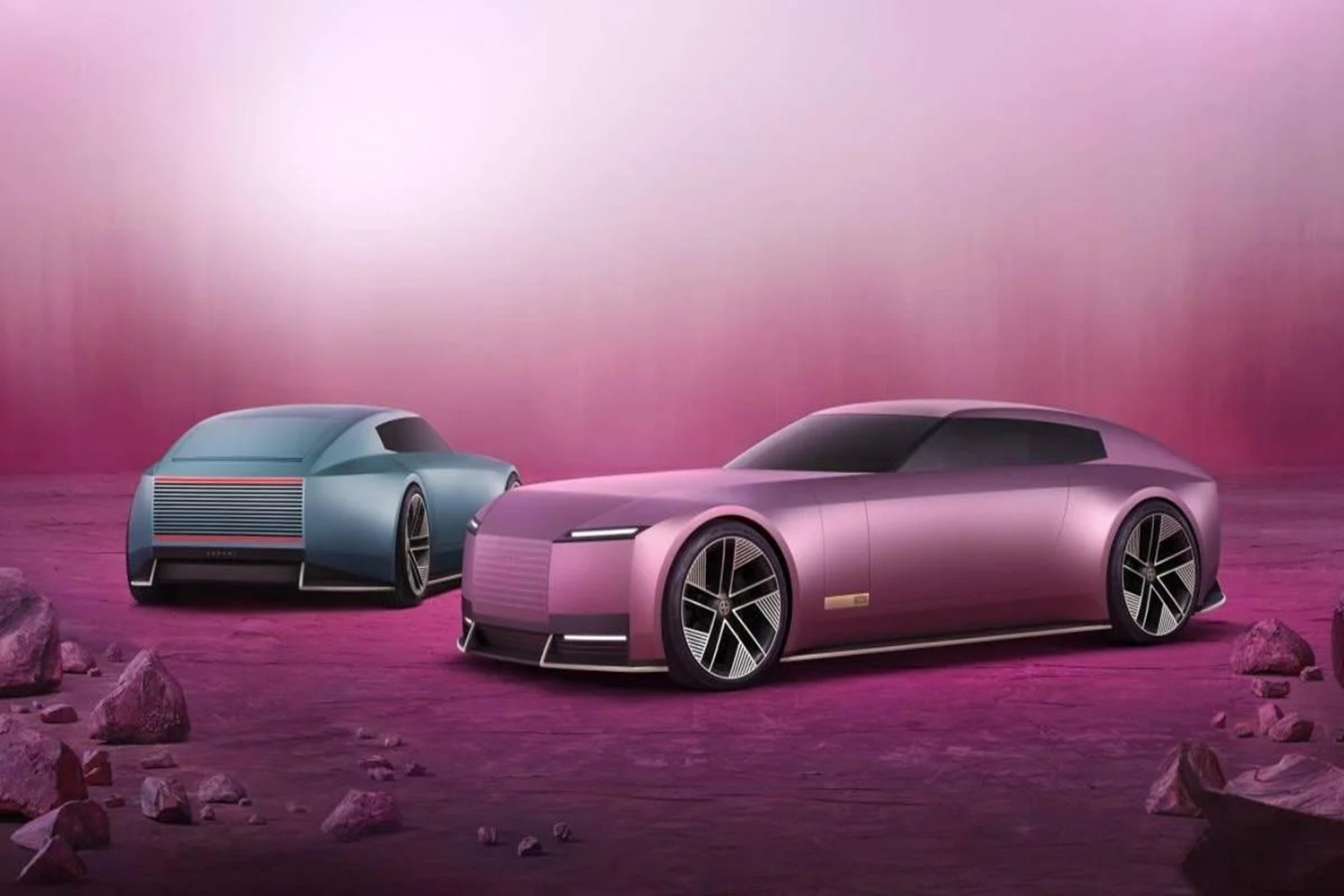This guy isn’t carrying heavy furniture or a partially-deflated hot air balloon. You’re looking at a converted car with a bag full of gas set to push it down the street. In the fuel shortages ahead, this might be the way to go.
During wars, everything is scarce. An army needs a massive amount of nearly every kind of material, from paper to steel, and any enemy attack is sure to waste resources and destroy supply chains. During the World Wars, when things like nylons ran scarce, women painted ‘seams’ on their legs to make it look like they were wearing stockings. When food got scarce people rationed their food. And when gasoline got scarce, people converted their cars to use something else. The only thing that was readily available was ‘street gas,’ the byproduct of processing coal. And so people rounded up some fabric and filled it with gas, snaking some gas down into their engines to power the car.
Gas didn’t pack the punch that liquid gasoline did, and so a fuel tank did no good. Today, compressed natural gas tanks are about twice the size of regular fuel tanks. Street gas couldn’t handle this type of compression even if people could find the material for tanks. Carbon monoxide broke down when compressed and hydrogen was small enough to leak out through steel tanks when enough pressure was put on it. Balloons made of fabric soaked in rubber were the only option. Two or three cubic meters of gas were needed to replace a single liter of liquid gasoline. To make do, cars had to be modified with huge structures to carry their gas balloons. The frames were made with whatever could be spared, so it wasn’t unusual to see them made out of wood. The frames and the bags were not aerodynamic, further cutting down on efficiency. Overall, a car could go about thirty miles on one full ‘tank.’ Car lovers no doubt felt a special, selfish thrill when the war ended, but we have to credit these auto enthusiasts with modifying their cars however they could to get around.
Images Low Tech Magazine
Via: Low Tech Magazine












